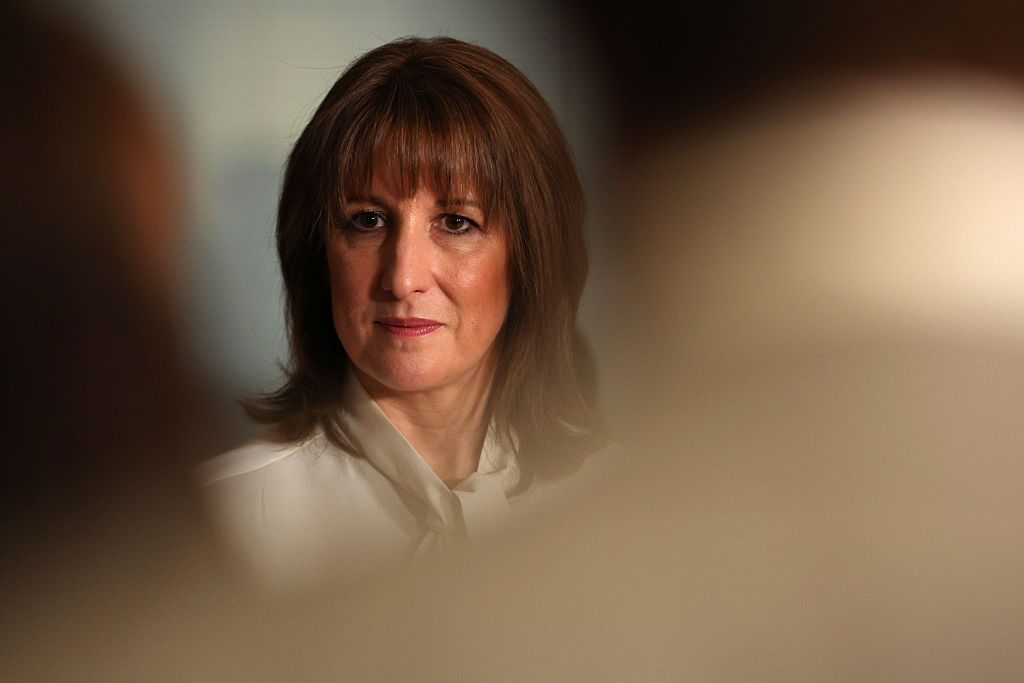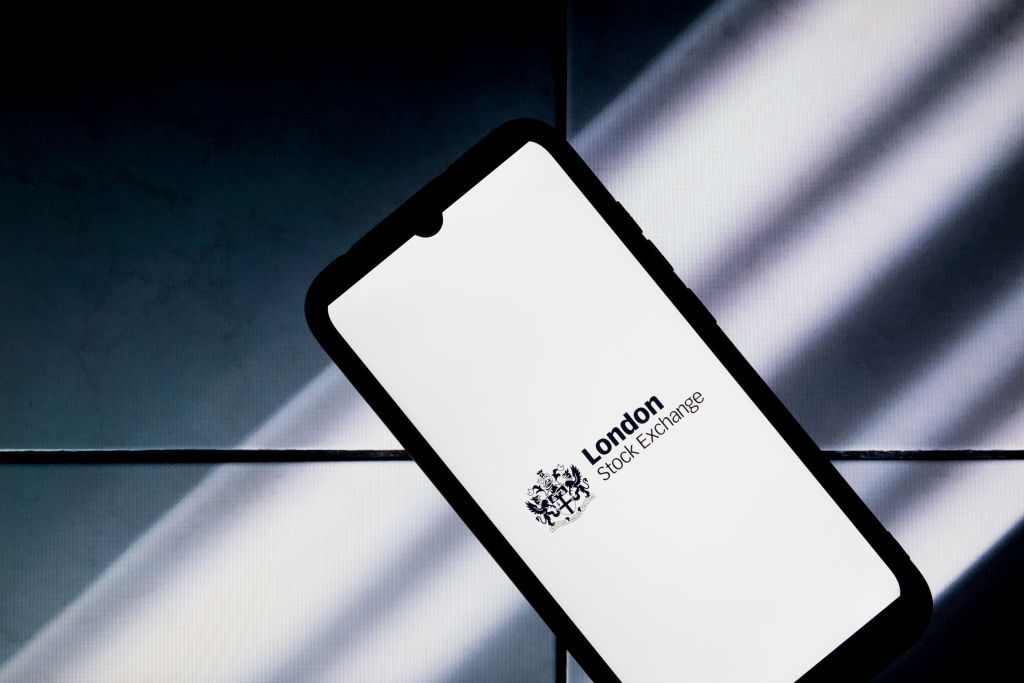The end-of-tax-year to-do list for small businesses
If you run a business, get on top of your paperwork before 2020-2021 draws to a close.


End-of-financial year planning for small businesses can be difficult – not least because the date of the end of their year may vary. But with 5 April, the last day of the 2020-2021 tax year, almost here, business owners need to be on top of their affairs.
The 5 April date has particular significance for personal taxation. For many small business owners, the key consideration is often dividend payments; each tax year, you can take £2,000 worth of dividends from your business with no tax liability, but unused portions of this allowance cannot be carried over to the next tax year. So, if you can use the allowance, it makes sense to do so. Above £2,000, basic-rate taxpayers pay 7.5% tax on their dividends, higher-rate taxpayers 32.5% and additional-rate taxpayers 38.1%.
Remember staff paperwork
The other priority is sorting out pay-related paperwork for your employees. P60 forms, which summarise employees’ pay and deductions for the previous tax year, must be given to staff by 31 May for everyone who was working for you on 5 April. In addition, if you give your staff benefits beyond their wages, such as company cars, you must report this to HM Revenue & Customs by 6 July and pay any national insurance contributions due by 22 July.
MoneyWeek
Subscribe to MoneyWeek today and get your first six magazine issues absolutely FREE

Sign up to Money Morning
Don't miss the latest investment and personal finances news, market analysis, plus money-saving tips with our free twice-daily newsletter
Don't miss the latest investment and personal finances news, market analysis, plus money-saving tips with our free twice-daily newsletter
As for the tax affairs of your business, the first step is to double-check when your year-end actually falls. Many sole traders and limited companies set their year-end at 5 April to align with the tax year, but you may have made different arrangements; 31 March is a common alternative.
If you are coming up to your year-end, it makes sense to review whether your business is operating in the most tax-efficient way possible. For example, making investments in the business can substantially reduce your liability to tax, thanks to the annual investment allowance. This enables you to deduct up to £1m of investment from your profit before tax is calculated; and on 1 April, the government introduced an additional “super-deduction”, with 130% capital allowances available on qualifying investments.
Another possibility is to manage your income so that some of it falls into your next financial year, if this is helpful from a tax perspective. You can delay the completion of sales of goods to achieve this effect, although the process is bit more complicated for businesses that supply services. A more radical year-end tax planning strategy is to change your accounting year-end date, which business owners are entitled to do at least once every six years. Where your profits are falling, you may be able to save tax by extending your accounting period. Or you might choose to shorten it if profits are increasing.
Finally, do not overlook additional support your business may be owed. The government offers generous tax credits for research and development work, which is defined much more broadly than many businesses realise. By some estimates there is £84bn in unclaimed tax relief currently owed to SMEs.
Businesses worried about these issues – or unsure how to optimise their tax efficiency – need advice from an accountant. The cost of accountancy services can be offset against your profits for tax purposes.
Get the latest financial news, insights and expert analysis from our award-winning MoneyWeek team, to help you understand what really matters when it comes to your finances.

David Prosser is a regular MoneyWeek columnist, writing on small business and entrepreneurship, as well as pensions and other forms of tax-efficient savings and investments. David has been a financial journalist for almost 30 years, specialising initially in personal finance, and then in broader business coverage. He has worked for national newspaper groups including The Financial Times, The Guardian and Observer, Express Newspapers and, most recently, The Independent, where he served for more than three years as business editor.
-
 The war dividend – how to invest in defence stocks as the world arms up
The war dividend – how to invest in defence stocks as the world arms upWestern governments are back on a war footing. Investors should be prepared, too, says Jamie Ward
-
 Did COP30 achieve anything to tackle climate change?
Did COP30 achieve anything to tackle climate change?The COP30 summit was a failure. But the world is going green regardless, says Simon Wilson
-
 Rachel Reeves's punishing rise in business rates will crush the British economy
Rachel Reeves's punishing rise in business rates will crush the British economyOpinion By piling more and more stealth taxes onto businesses, the government is repeating exactly the same mistake of its first Budget, says Matthew Lynn
-
 Leading European companies offer long-term growth prospects
Leading European companies offer long-term growth prospectsOpinion Alexander Darwall, lead portfolio manager, European Opportunities Trust, picks three European companies where he'd put his money
-
 How to capitalise on the pessimism around Britain's stock market
How to capitalise on the pessimism around Britain's stock marketOpinion There was little in the Budget to prop up Britain's stock market, but opportunities are hiding in plain sight. Investors should take advantage while they can
-
 London claims victory in the Brexit wars
London claims victory in the Brexit warsOpinion JPMorgan Chase's decision to build a new headquarters in London is a huge vote of confidence and a sign that the City will remain Europe's key financial hub
-
 The consequences of the Autumn Budget – and what it means for the UK economy
The consequences of the Autumn Budget – and what it means for the UK economyOpinion A directionless and floundering government has ducked the hard choices at the Autumn Budget, says Simon Wilson
-
 Reinventing the high street – how to invest in the retailers driving the change
Reinventing the high street – how to invest in the retailers driving the changeThe high street brands that can make shopping and leisure an enjoyable experience will thrive, says Maryam Cockar
